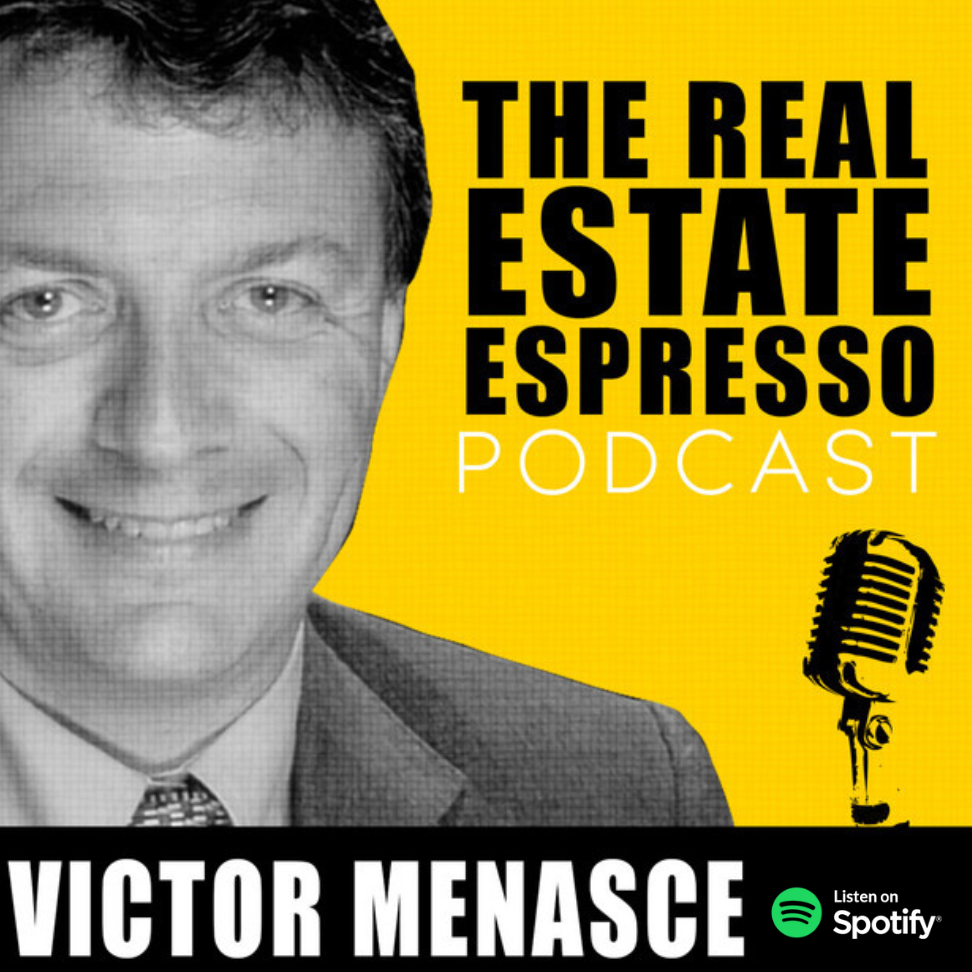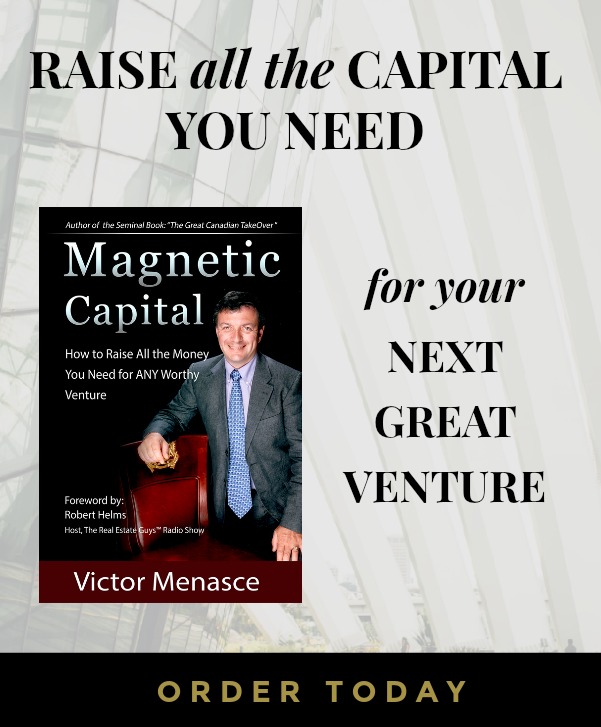On today’s show we are talking about three different scenarios of central bank monetary policy and how that could impact the world of stocks, bonds, and real estate. I believe it’s important for investors to be able to have intelligent conversations with each other.
We are all investors. I know very few investors that invest exclusively in a single asset class. The question then becomes what is the most attractive investment to make in the coming market conditions.
Everyone is in search of safety in an environment where there is seemingly no safety to be found.
There is no safety to be found in the stock market. We are heading into a recession and the PE ratios are not showing enough of a difference in yield compared with interest bearing notes like treasuries. That says to me that the stock market still has a long way to go down now that yield in the bond market is rising.
The bond market has more downside in front of it as interest rates increase.
Real Estate has more downside in front of it as interest rates increase. We will see cap rates expand and we will start to see distressed assets appear on the market.
Keeping cash in the bank is a losing proposition with inflation running above 8.5%.
So what do you do? Where do you put your money?
Putting money in hard assets is usually a a good hedge against inflation. That includes real estate and certain commodities. But if we are heading into an economic downturn, commodity prices are likely to fall as demand falls. We probably won’t see the bottom in prices for gold, copper, silver for a while.
As interest rates rise, commodities like gold have not moved up much because they don’t pay a rate of interest.
It’s a real dilemma of where to place your money. In the absence of a safe alternative, more and more people are just dumping cash into treasuries. They yield is still negative compared with inflation, but it’s less negative than cash in the bank.
So let’s talk about three different scenarios.
In case #1: Inflation stays elevated and the Federal Reserve continues its unrelenting upward pressure on interest rates for the next 24 months.
In case #2: Inflation starts to show signs of moderating and the Fed decides to hold the line on rate increases to bring a sense of stability to money markets.
In case #3, We enter a steep economic contraction and the Fed pivots from QT to QE. They’re back to printing money and the treasury starts again with fiscal stimulus.
All three of these scenarios are highly plausible. If you wanted to argue for any one of these futures, you could find the evidence in the world to support your thesis. What actually happens will be the result of the complex web of headwinds and tailwinds.
————–
Host: Victor Menasce
email: podcast@victorjm.com


